Enjoy a tour of the ancient capital’s hydrangeas in early summer
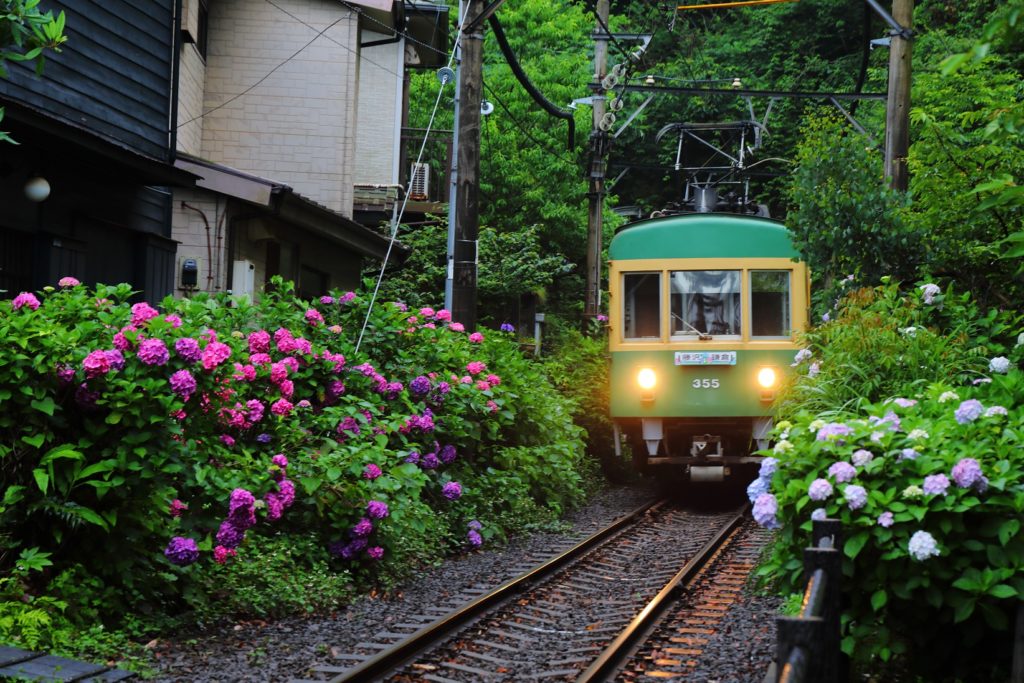
Alongside its many temples and shrines, Kamakura offers many famous spots for hydrangeas.
An explanation behind Kamakura’s bonanza of hydrangeas is that they were planted on the surrounding hillsides to prevent landslides. In any case, Kamakura hydrangeas take on many forms and a wide variety of hydrangeas fill the ancient capital as they bloom in early summer. Enjoy a splendid world of flowers that differs from all other seasons as vibrant hydrangeas add color to a tranquil and calming scene.
Meigetsu-in temple
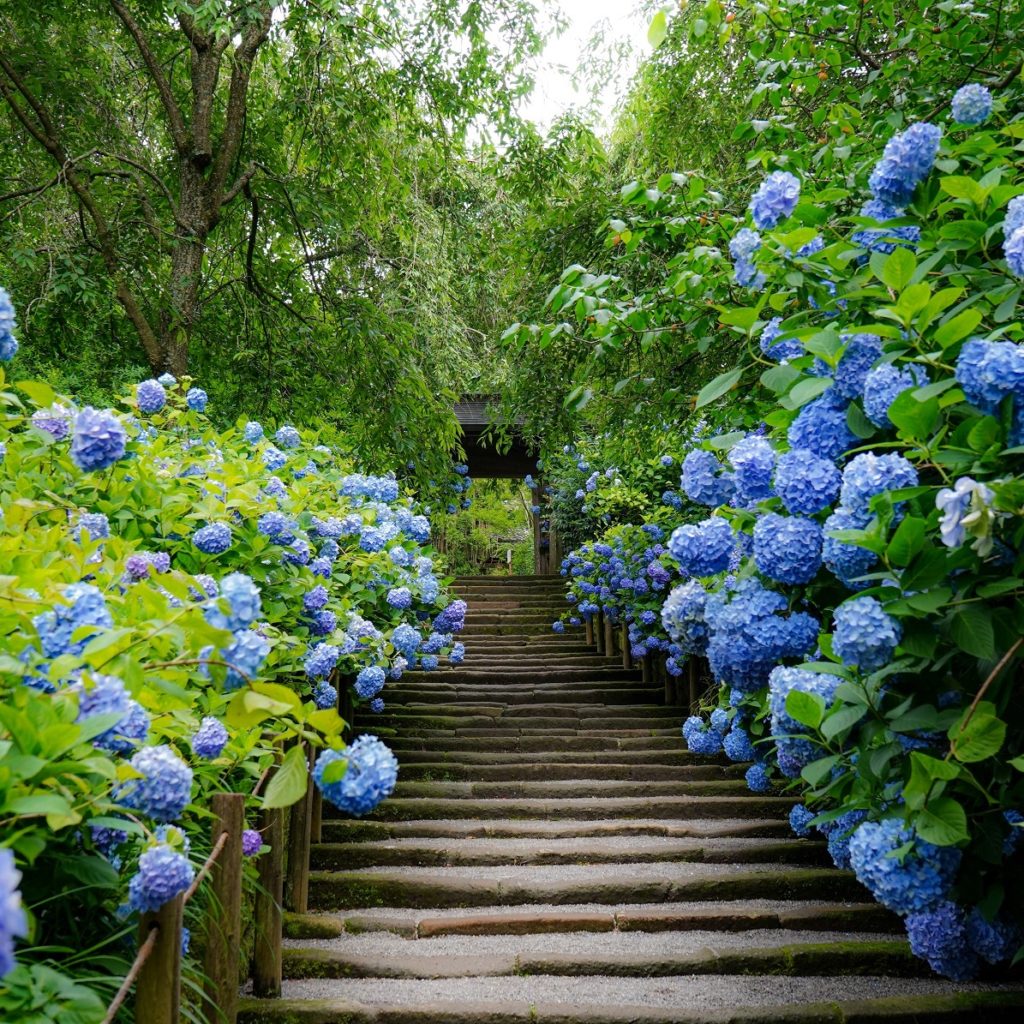
The story of Meigetsu-in begins in 1159 when the son of the shogun who fell in battle built a small secluded retreat for his memorial service, named “Meigetsu-an”. Afterward, it became a side temple to the Zenkoji Temple built by an important figure of the Kamakura Shogunate, leading to its naming as “Meigetsu-in”. A temple with a strange fate, it survived after Zenkoji was destroyed in the anti-Buddhist clampdown in the late 19th century. Known as Kamakura’s “Hydrangea Temple”, it is a popular spot for visitors during the peak bloom season. The temple grounds are filled with 2500 hydrangeas that gradually turn dark blue as the peak bloom date approaches. Almost all of the plants are of the “hime ajisai” variety and are made to turn into the same shade of blue, the beauty of their color leading to some calling the flowers “Meigetsu-in Blue”. The peak bloom period falls around mid- to late June each year.
A view of Sagami Bay alongside a flower show/Hasedera Temple
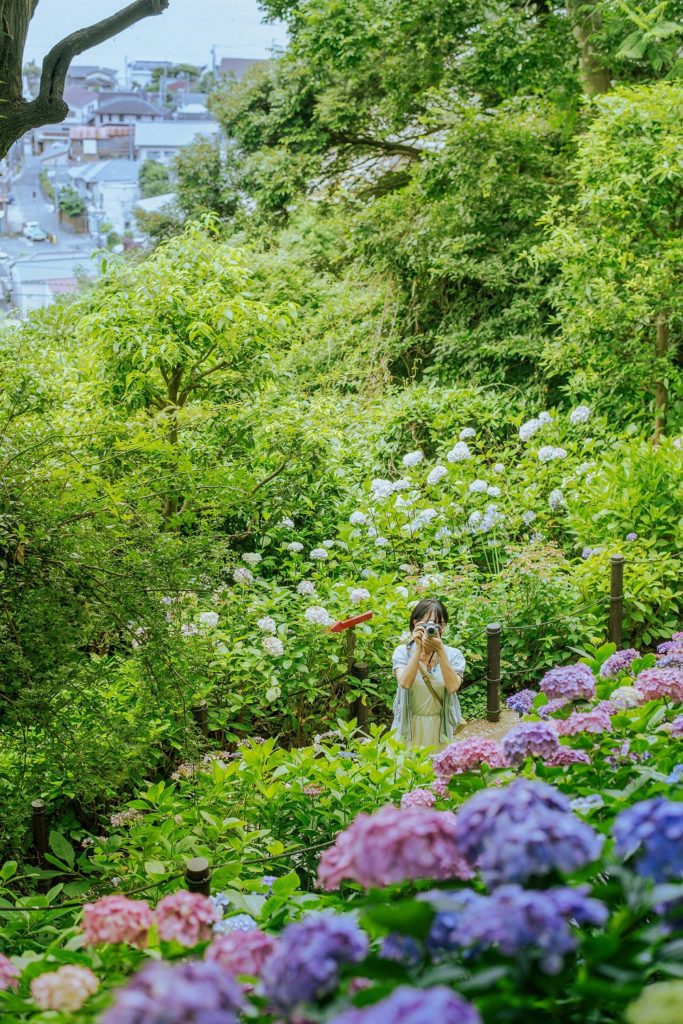
Hasedera is known as the “Temple of Flowers” because of the beautiful flowers that bloom throughout the year, and is also commonly known as “Hase Kannon”. Founded in 736, it is one of the oldest temples in Kamakura. Flowers bloom throughout the year on the temple grounds, and due to this constantly beautiful scenery, Hasedera has been called “Kamakura's Western Paradise”. Inside, there are 2500 hydrangeas of 40 varieties, with the peak bloom season being around June when the colorful flowers paint the area in different hues. From the observation deck on the hill, take in the sea and cityscape of Kamakura as well as the hydrangeas. Plus, there are many other spots like the restaurant “Kaikoan” with its fantastic view, the Kannon Museum, and more.
The Park where the first shogunate started/Genjiyama Park
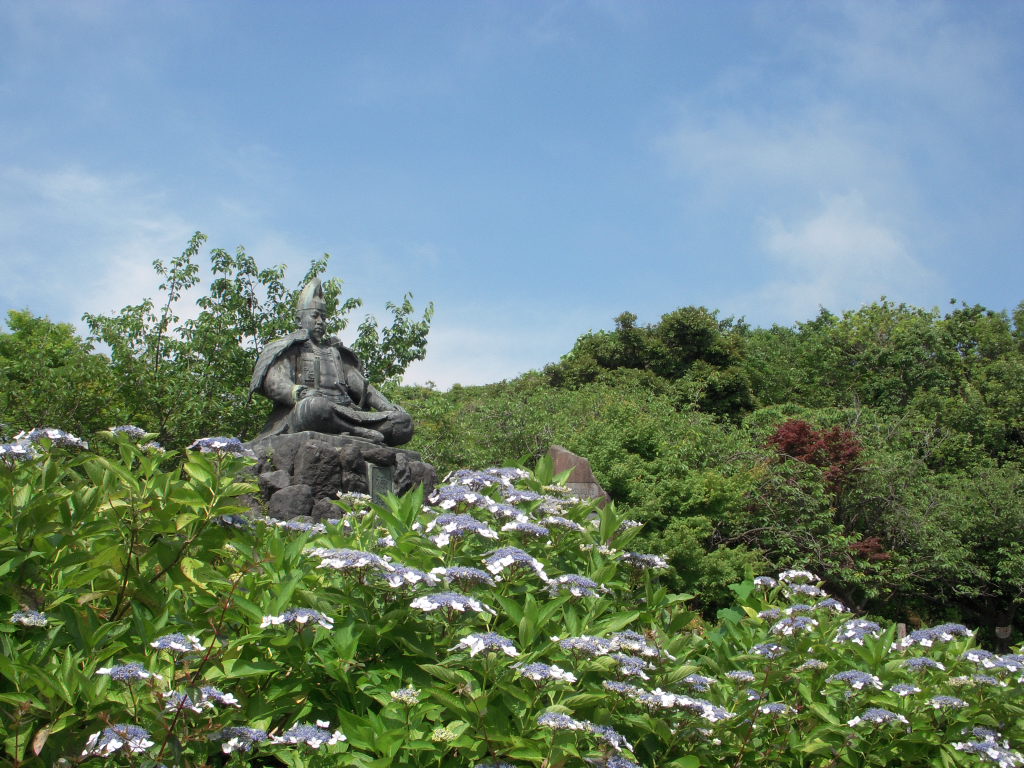
Photo by Kamakura City Park Association
Genjiyama Park is situated on the hills where Minamoto no Yoritomo began the Kamakura Shogunate. Although famous for its cherry blossoms and fall foliage, the park is a hidden spot for hydrangeas. The central square is the park’s symbol where a bronze statue of young Yoritomo from around 1180 is situated. Hydrangeas can be viewed around the statue and in the surroundings during their peak season. The Kuzuharaoka Shrine known for its matchmaking powers is located on the hillside and even more hydrangeas can be viewed along the way to the shrine or from the precincts.
Also, don’t forget to drop by the Kamakura Museum of History and Culture located on the way to Genjiyama Park and enjoy the hydrangeas planted on both sides of the sidewalk from the entrance.
One Hundred Views of Mt. Fuji and hydrangeas/Kamakura Seaside Park, Inamuragasaki District
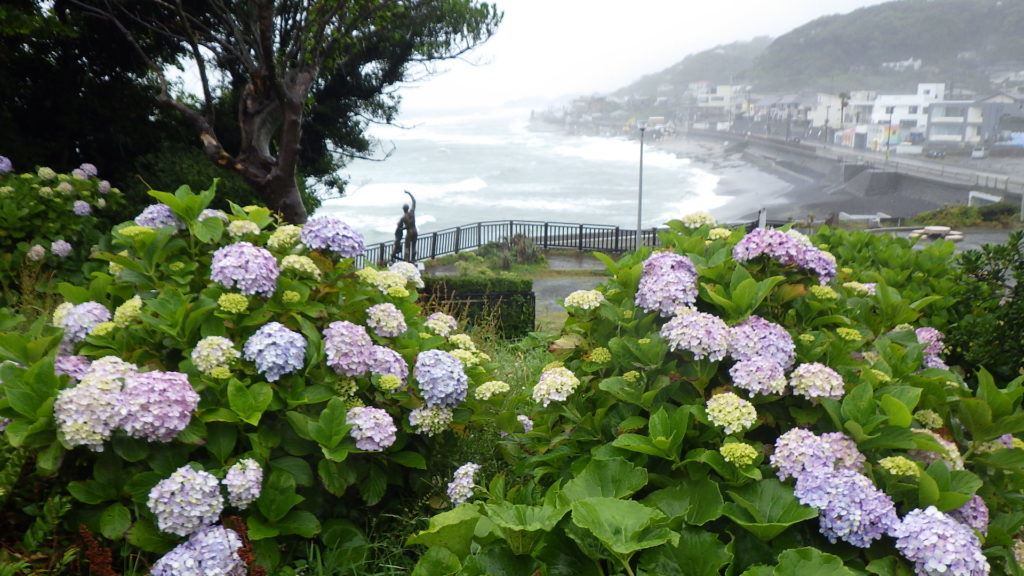
Photo by Kamakura City Park Association
“Kamakura Seaside Park” is an amalgamation of parks in three districts on Kamakura’s seaside from Inamuragasaki to Zaimokuza. Compared to other parks, Inamuragasaki district’s seaside park is a scenic spot that is said to have the most beautiful scenery and sunset views in Kamakura. One of the “One Hundred Views of Mt. Fuji” and with a viewing deck for the famous scenery, the park is also a hidden hydrangea spot. Although the number of hydrangeas is limited, the blossoms together with the surrounding sea view are delightful.
The elegance of a historical Japanese building and a flower garden/Ichijo Ekan Sanso
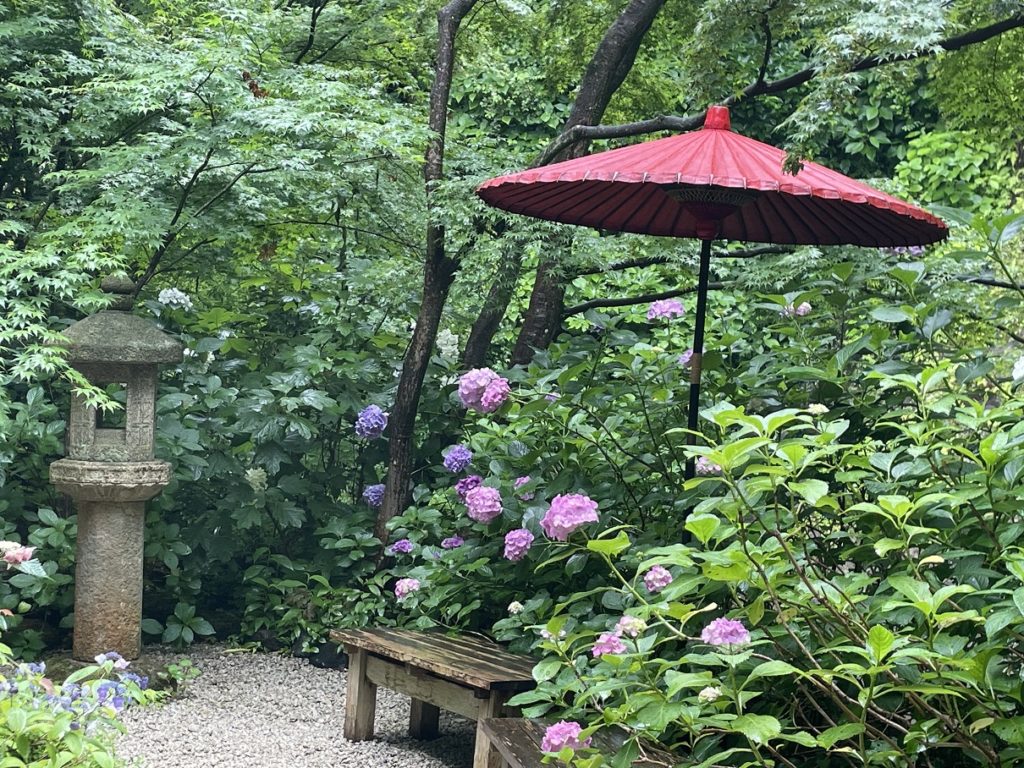
The Ichijo Ekan Sanso building was originally a tea house designed by Ichijo Ekan, the 9th prince of Japan's 107th Emperor, Emperor Goyozei (reigned 1586-1611). It used to be an outbuilding of the Ichijo family's villa in Nishikamo, Kyoto and was moved to Kamakura in 1959, along with the original garden stones and its dry landscape garden. The country house-like architectural style expresses the elegance and rustic charm of ancient times. The wooden doors inside with “Sugito paintings” depicting life in the imperial court as well as the shoji and sliding doors with detailed craftsmanship are eye-catching. Seasonal flowers in the garden are always blooming, but during the hydrangeas season, don’t miss out on the hydrangeas that add color to the garden and the “hana chozu (water pool with flowers)” decorated with bright seasonal flowers placed at strategic points. There is also a cafe where you can take in a peaceful atmosphere with a view.
Collaboration of Enoden Line and hydrangeas/Goryo Shrine

Goryo Shrine is dedicated to Kamakura Gongoro Kagemasa, a samurai known for his bravery at the end of the Heian period (1083-1087).
Counted as one of the Kamakura Seven Lucky Gods Pilgrimage temples and shrines, Goryo Shrine is sometimes affectionately called “Gongoro Shrine”.
The scenery with Enoden Line running right before the torii gates or the coming-together of hydrangeas and the Enoden Line on the shrine precincts and in the nearby area are very popular with visitors.
Due to photography prohibited on the shrine grounds, let’s admire the hydrangeas and take photos outside.


